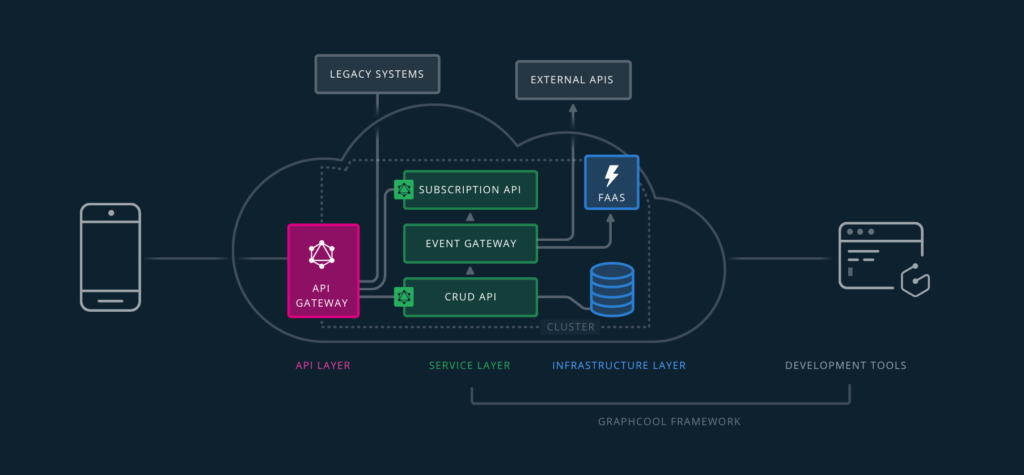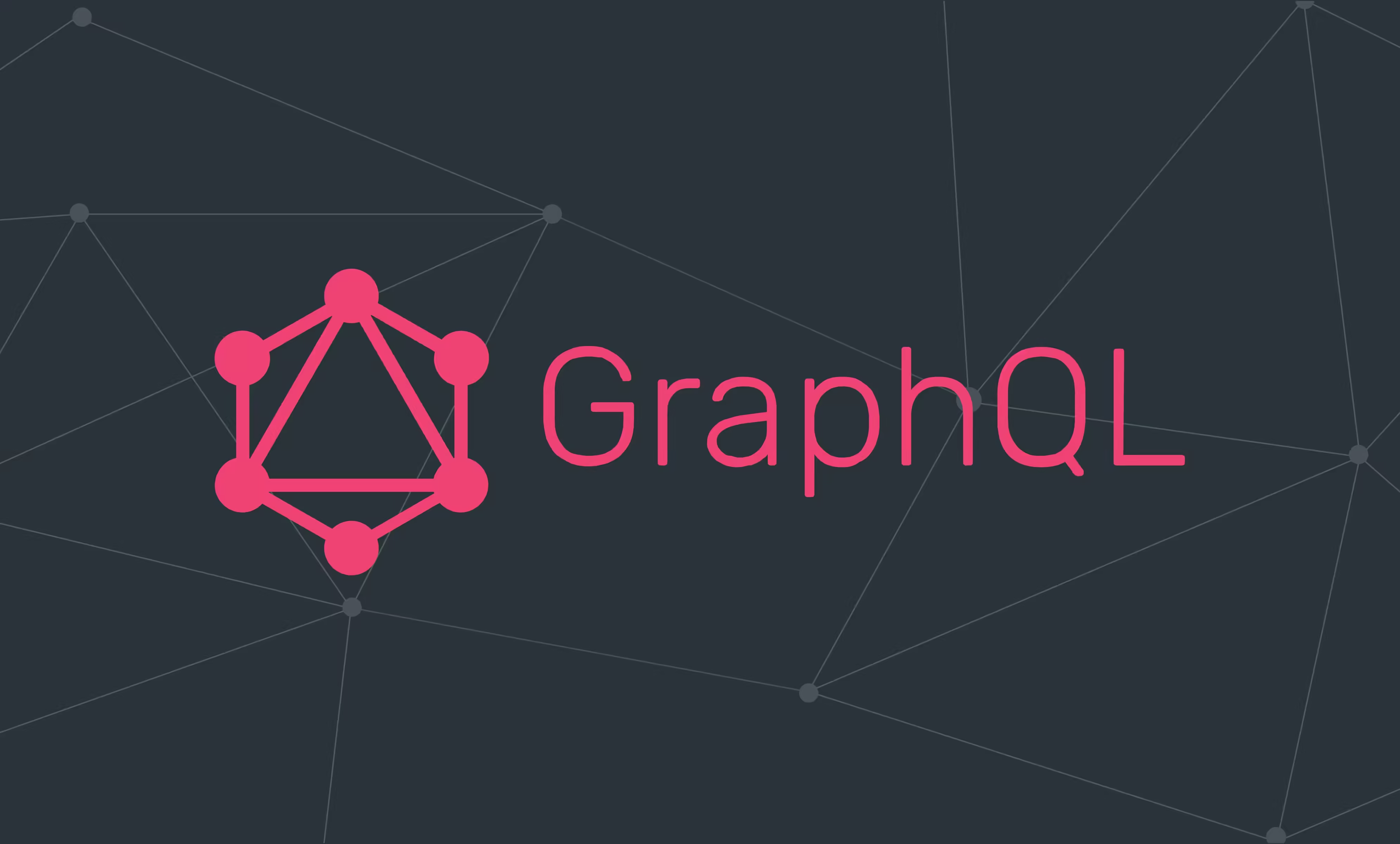As web development continues to evolve, optimizing data queries has become increasingly important for delivering fast, efficient, and scalable applications. GraphQL, a flexible query language developed by Facebook, has become a go-to solution for web developers who need more control over their APIs. In 2024, GraphQL is playing a central role in shaping how data is requested, transmitted, and displayed, offering an efficient alternative to traditional REST APIs.
This blog post will explore the key features of GraphQL in 2024, how it’s optimizing data queries for modern web development, and the benefits developers can leverage to build high-performance apps.
Why GraphQL is Essential for Modern Web Development
GraphQL offers a structured and highly flexible approach to API querying that allows developers to specify exactly what data they need, reducing the over-fetching or under-fetching common with REST APIs. This results in faster load times, better performance, and a more streamlined user experience.
In 2024, with increasing demands for real-time data and multi-device compatibility, developers are finding that GraphQL’s efficiency in handling complex queries makes it an indispensable tool for modern web applications. It enables:
• More efficient data fetching by querying multiple sources at once.
• Customizable queries tailored to each client or user interface.
• Simplified server responses, ensuring that apps receive only the relevant data they need.
As web applications become more data-driven and interactive, the ability to request data in a flexible, efficient way has become crucial for maintaining app performance.

Key GraphQL Features in 2024
Over the years, GraphQL has evolved to provide enhanced features that support more efficient and scalable applications. In 2024, these features have been refined to deliver faster and more flexible data querying. Let’s take a look at some of the most impactful updates for developers.
1. Improved Query Efficiency
One of the main advantages of GraphQL in 2024 is its ability to reduce redundant data fetching. Rather than making multiple API calls (as is often required with REST APIs), a single GraphQL query can request all the data an application needs from different sources at once. This allows developers to build apps that load faster and run more efficiently.
GraphQL’s query structure makes it easy to request nested and related data in a single query, minimizing network requests and reducing application latency. With this streamlined approach, apps can handle larger and more complex datasets without sacrificing performance.
2. Subscriptions for Real-Time Data
Real-time data is becoming more important for modern applications, and in 2024, GraphQL subscriptions are the go-to solution for implementing real-time updates. By leveraging WebSockets, subscriptions allow web applications to receive live updates from the server whenever data changes, without the need for continuous polling.
This is particularly useful for applications like social media feeds, stock market apps, and collaborative tools where data changes frequently. With GraphQL subscriptions, developers can ensure their apps remain responsive and up-to-date without burdening the backend with excessive requests.
3. Federated GraphQL for Microservices
As applications scale, many developers are moving toward microservices architectures. Federated GraphQL allows developers to combine multiple services into a single unified API, making it easier to manage and query data across different microservices.
In 2024, federated GraphQL is empowering teams to build scalable systems that are easier to maintain. Each microservice can expose its own GraphQL schema, and federated queries can seamlessly bring together data from across the services, simplifying the development process and improving overall app performance.
4. GraphQL Mesh and Data Sources
GraphQL in 2024 is not limited to working with native GraphQL APIs. With tools like GraphQL Mesh, developers can transform other data sources, such as REST APIs, gRPC, and even SQL databases, into GraphQL schemas. This versatility means that even teams with legacy systems or multiple data sources can adopt GraphQL without major rewrites.
By consolidating various APIs into a single GraphQL endpoint, GraphQL Mesh reduces the complexity of working with disparate data sources and provides a consistent interface for querying all data, improving both developer productivity and system efficiency.
Best Practices for Optimizing GraphQL Queries in 2024
To make the most of GraphQL’s potential in 2024, developers need to adopt certain best practices that ensure data queries remain optimized and efficient:
1. Use Pagination and Limit Fields
While GraphQL allows for powerful and flexible querying, it’s essential to avoid over-fetching. Large datasets should be broken down using pagination, ensuring that only a portion of the data is retrieved at a time. Additionally, always specify the fields your app needs instead of requesting entire objects or collections to reduce the size of the response and improve performance.
2. Implement Caching
Caching is crucial for reducing the load on servers and improving response times. In 2024, there are several options for caching GraphQL queries, including HTTP caching and client-side caching through popular libraries like Apollo Client. By caching common queries, you can avoid repeated requests for the same data and improve the responsiveness of your app.
3. Monitor Query Performance
To ensure your GraphQL implementation remains performant, it’s important to regularly monitor query performance. In 2024, tools like Apollo Studio offer detailed analytics for understanding query complexity and identifying bottlenecks. These insights can help developers optimize their queries, reduce execution time, and ensure that their apps scale smoothly.
Advantages of GraphQL in 2024 for Web Developers
The flexibility and power of GraphQL provide numerous advantages over traditional REST APIs, making it an essential tool for modern web developers. Here are some key benefits:
• Precise Data Fetching: Developers can request exactly what they need, ensuring faster load times and smaller responses.
• Unified API: A single GraphQL endpoint can handle queries across multiple data sources, simplifying backend management.
• Real-Time Capabilities: GraphQL subscriptions enable real-time data updates, providing an optimal solution for dynamic applications.
• Developer Efficiency: By reducing the number of API calls and simplifying query structures, developers can build apps more quickly and maintain them more easily.
Conclusion: Why GraphQL Will Continue to Dominate in 2024
As web development trends move toward more dynamic, data-driven applications, GraphQL is positioned to become even more critical in 2024. Its ability to streamline data queries, provide real-time updates, and integrate with various data sources gives developers the tools they need to build fast, scalable, and flexible applications.
With features like federated schemas, improved query performance, and robust subscription support, GraphQL in 2024 ensures that developers can deliver seamless experiences across a range of devices and use cases. As the demand for efficient data handling grows, adopting GraphQL will be a crucial step for web developers looking to stay ahead of the curve.

